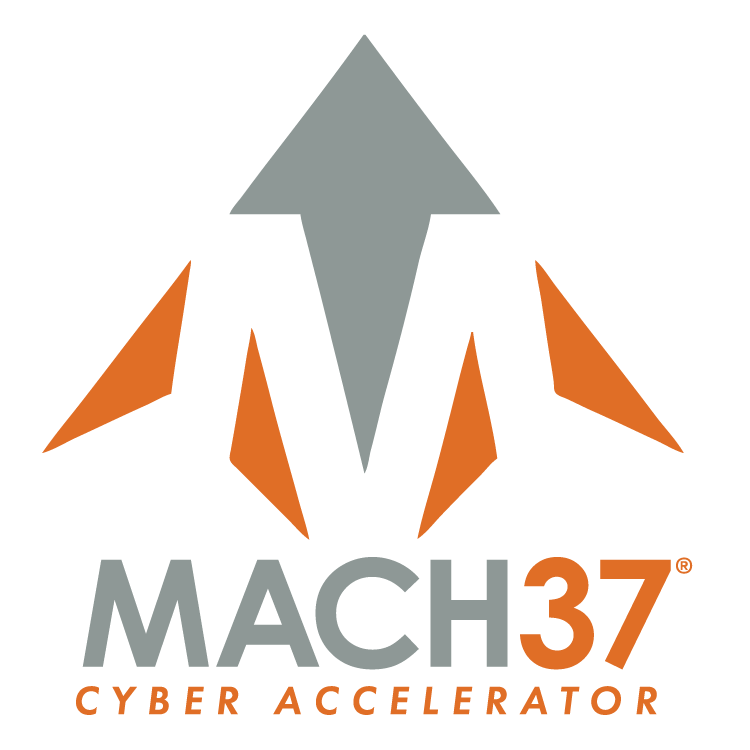Key Takeaways
A blockchain is a distributed, immutable and time-stamped data structure
Blockchain is an ideal technology for many cybersecurity solutions because of its ability to keep verified public records and eliminate singular points of failure
Blockchain is already being adopted for security in many industries including financial services, healthcare and government
Blockchain explained simply
A blockchain is a network of computers that store and share blocks of information. Once someone adds something to the blockchain network, nobody can edit or delete it. Instead, a user records changes by adding another block, letting everyone who uses the database see all revisions made. The blockchain assigns every user public and private keys used to encrypt the data they send.
There are several key properties of blockchain that make it a useful technology. First, blockchain is distributed; all network participants have a copy of the ledger (or the blocks of information) for complete transparency. Blockchain is also immutable, any validated information added to the chain is irreversible and cannot be changed. Blockchain is time-stamped, which means that every piece of information that is recorded on a block is recorded with a time-stamp.
Blockchain got its big debut as the underlying technology of the cryptocurrency Bitcoin. Bitcoin and other cryptocurrencies use blockchain to act as both a public ledger of transactions and an enhanced cryptographic security system, so online transactions are always recorded and secured. There have been attempts to make digital currency in the past, but they always failed, due to trust issues surrounding the originators of these currencies. If someone makes a new currency, how can we trust that they won’t give themselves a huge amount of that currency by adding a few zeros to the end of their account in the database? Most normal databases, such as an SQL database, have an administrator in charge who can change the entries. Blockchain is different because nobody is in charge. It is run by the people who use it. Blockchain is essentially about creating trust in an untrusting environment, which makes it the perfect candidate for cybersecurity innovation.
If you are interested in a deeper explanation of blockchain, Satoshi Nakamoto’s original paper on bitcoin is still one of the clearest most authoritative sources on the technology.
Blockchain Security
Data breaches are a primary concern for organizations and most companies use a centralized form of data storage. To access the entire dataset stored by these companies, a hacker only needs to exploit a single vulnerable point. By using blockchain, data can be protected by ensuring a decentralized system of data storage.
Going back to it’s key properties we can start to see why blockchain can be useful for security. Because the blockchain is distributed it provides no hackable entrance or point of failure that detrimentally exposes entire datasets. The decentralized storage of information ensures that each block contains only a small informational piece to a much larger puzzle, limiting data exfiltration to almost nothing.
Because the blockchain is time-stamped and immutable it becomes a reliable public record keeping system that can give all the nodes insight into any data manipulation and expose potential hacks in real-time. It is capable of indicating foul play and providing certainty in the integrity of data.
Where is Blockchain already being adopted?
Software Verification Applications
One use case for this public record capability is ensuring the legitimacy of software downloads. Blockchain can be used to verify firmware updates, installers, and patches which malware commonly disguises itself as. A version of this already exists where hashes of software downloads are compared with the hashes available on the provider’s platform; however, what if the hashes available on the provider’s platform have already been compromised? With blockchain, the hashes from the provider are permanently recorded and are immutable; hence blockchain is a more robust solution for verifying software downloads.
Data Transmission Applications
Another field of cyber that can be improved with blockchain is data transmission. Adversaries aim to tap into the data amid transit to either read, alter or destroy it. One of blockchain’s features is complete encryption of every block. By leveraging this feature, data transmission can be secured. This increases the confidence and integrity of data transmitted through blockchain.
Financial Services Applications
The financial services industry has actually been a quick adopter of blockchain security. Back in 2018, CEO of JPMorgan Jamie Dimon said that his bank would “use blockchain for a whole lot of things”. We have seen blockchain used in the banking industry for shareholder voting, processing private transactions, and storing customer information.
Healthcare Applications
In the healthcare industry, blockchain is already being used for internal communication channels, patient information sharing, securing massive amounts of data, and maintaining a chronological series of healthcare events.
Government Agency Applications
Government agencies in the U.S. and abroad are also adopters of blockchain security. Colorado passed a bill that engages the government to consider blockchain for data protection and secure storage of records. The Australian government awarded IBM a $750 million contract to develop a governmental blockchain ecosystem for securely storing documents.
Conclusion
Blockchain is a powerful technology with unique characteristics that give it a novel way of solving common cybersecurity problems. Many organizations across a range of industries have invested in blockchain innovation as a new way of storing and transmitting data. Over the next several blogs we will take a deeper dive into many of the applications of blockchain security that were mentioned here.




